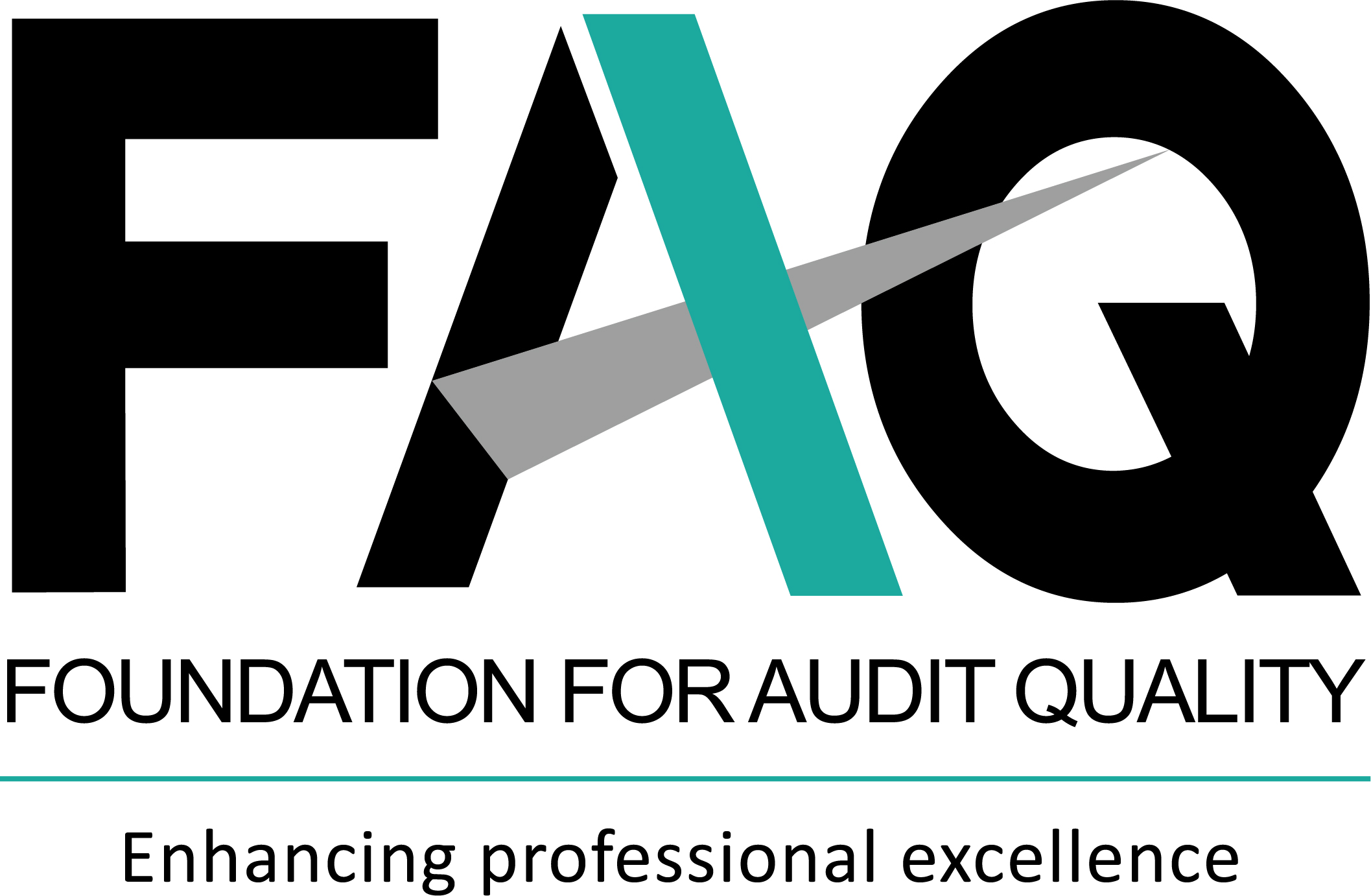Regulatory updates
Updates from ICAI
In March 2021, non-company entities were classified in the following four categories for the purpose of applicability of accounting standards, viz., Level I, Level II, Level III and Level IV1 Level I entities were large size entities, Level II entities were medium size entities, Level III entities were small size entities and Level IV entities were micro entities. This classification dictated the level of compliance required with the accounting standards by each category of non-company entities.
In November 2024, the Institute of Chartered Accountants of India (ICAI) announced a revised criteria for classifying non-company entities to determine the applicability of accounting standards. Effective for accounting periods beginning on or after 1 April 2024, the new classification divides non-company entities into two categories:
1. Micro, Small, and Medium Enterprises (MSMEs)
2. Large entities
MSMEs are defined as non-company entities that:
- Are not listed on any stock exchange, whether in India or abroad.
- Are not banks, financial institutions, or insurance companies.
- Have a turnover (excluding other income) not exceeding INR250 crore in the immediately preceding accounting year.
- Have borrowings not exceeding INR50 crore at any time during the immediately preceding accounting year.
- Are not holding or subsidiary entities of non-MSME entities.
Large entities are any non-company entities that do not qualify as MSMEs.
Large entities are required to fully comply with all accounting standards, whereas MSMEs are granted certain exemptions and relaxations as follows:
Full exemptions for MSMEs:
- AS 3: Cash Flow Statements
- AS 17: Segment Reporting
- AS 20: Earnings per Share
- AS 24: Discontinuing Operations
- AS 18: Related Party Disclosures (exemptions to MSMEs is subject to certain conditions)
- AS 28: Impairment of Assets (exemptions to MSMEs is subject to certain conditions )
Partial exemptions for MSMEs from certain paragraphs of the following standards:
- AS 10: Property, Plant, and Equipment
- AS 11: The Effects of Changes in Foreign Exchange Rates
- AS 15: Employee Benefits
- AS 19: Leases
- AS 22: Accounting for Taxes on Income
- AS 26: Intangible Assets
- AS 28: Impairment of Assets
- AS 29: Provisions, Contingent Liabilities, and Contingent Assets
MSMEs should disclose their status and the exemptions they have availed in their financial statements. Entities required to apply accounting standards under other regulatory requirements are not eligible for these exemptions.
Movement of entity from MSME to non-MSME and vice versa
- An entity that subsequently becomes an MSME, cannot avail of the exemptions/relaxations available to an MSME until the entity remains as an MSME for two consecutive years.
- Where an MSME had qualified for any exemption/relaxation previously but no longer qualifies for the relevant exemption/relaxation in the current accounting period, figures for the corresponding period (for which exemption had been availed) need not be revised merely by reason of its having ceased to be an MSME. The fact that it was an MSME in the previous period and had availed of the exemptions/ relaxations should be disclosed in the notes to the financial statements, and also the fact that the comparatives are not restated should be disclosed.
To access the text of the ICAI announcement, please click here
Action points for auditors
Auditors should note the classification of non-company entities for the purpose of applicability of accounting standards. Transitional requirements for entities that subsequently become MSMEs or that cease to be MSMEs should also be noted. It should be verified whether the non-company entities have made appropriate disclosures in their financial statements.
Our Insights
Tools and Enablers
- Standard workpapers
- Technology tools
Resources
- Regulatory updates
-
India updates
Accounting updates
Auditing updates
Regulatory updates
-
International updates
Accounting updates
Auditing updates
Regulatory updates
-
Recap on key updates
-
Publications
India Publications
International Publications
-
Matter for auditors’ attention
-
Discussion/Consultation papers and Publications issued by regulators
India Publication
International Publication
Exposure Drafts/consultation papers
EDs/consultation papers
Matters for Consultation

